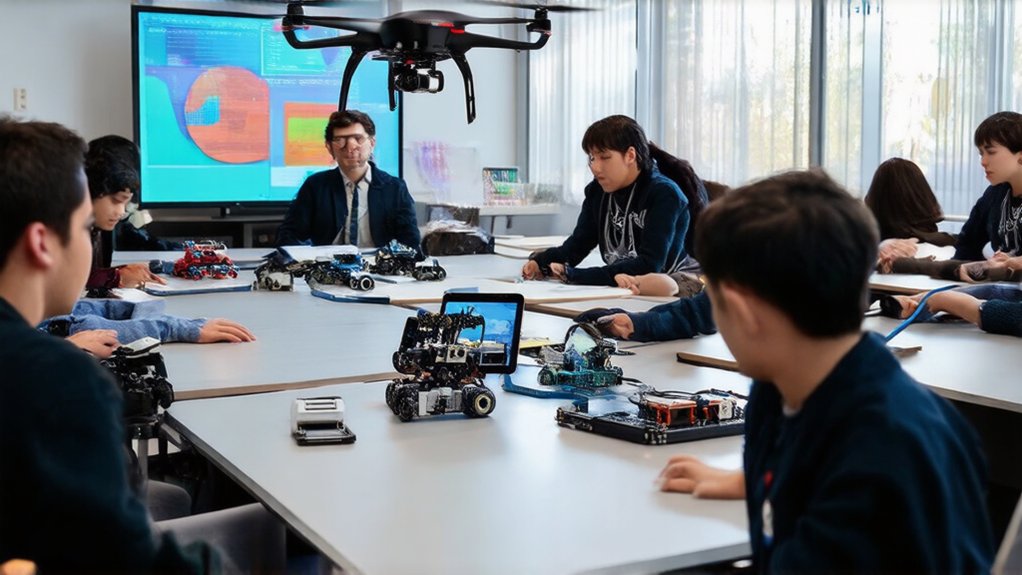The race is on. Countries worldwide are scrambling to establish national AI strategies, recognizing that whoever leads in artificial intelligence leads the future. The US, China, Canada, EU nations – they’re all in. And guess what? These strategies aren’t just about fancy labs and tech companies. They’re about classrooms. It’s that simple.
The future belongs to AI leaders, and that future is being shaped in classrooms, not just labs.
Higher education institutions sit at the center of these plans. They’re the engines driving innovation, churning out talent, and conducting research that shapes government decisions. Universities aren’t messing around – they’re launching specialized AI degree programs, research centers, and incorporating AI literacy across disciplines. Even for art majors. Yes, art majors.
But waiting until college is too late. K-12 initiatives are popping up everywhere, teaching kids AI concepts before they can drive. Programs like AI4K12 provide guidelines and resources for teaching AI fundamentals. Kids are using Scratch and App Inventor to build simple AI projects. The stats don’t lie: 44% of children already engage with generative AI. They’re figuring it out faster than most adults.
Teacher training remains the sticking point. You can’t teach what you don’t understand. While 60% of US districts planned AI training by the end of the 2023-2024 school year, many national strategies lack clear plans for educator development. UNESCO emphasizes the need for lifelong professional development for educators to effectively integrate AI in classrooms. Workshops, online courses, micro-credentials – they help, but it’s not enough.
Curriculum development frameworks like ADDIE provide structure, guiding educators through systematic AI course creation. The focus isn’t just standalone courses but integrating AI concepts across subjects. Math, history, science – AI touches everything.
Countries like Singapore and South Korea are ahead of the curve, embedding digital literacy throughout their education pipelines. From kindergarten to retirement homes. The approach is thorough.
The goal isn’t creating an army of coders. It’s developing AI-literate citizens who understand both capabilities and limitations. People who can leverage AI tools while recognizing ethical implications. Because AI is here. Ready or not.
Approximately 30 countries have developed national AI strategies by 2022, with this number significantly increasing in recent years as governments recognize the economic and societal implications of artificial intelligence.




